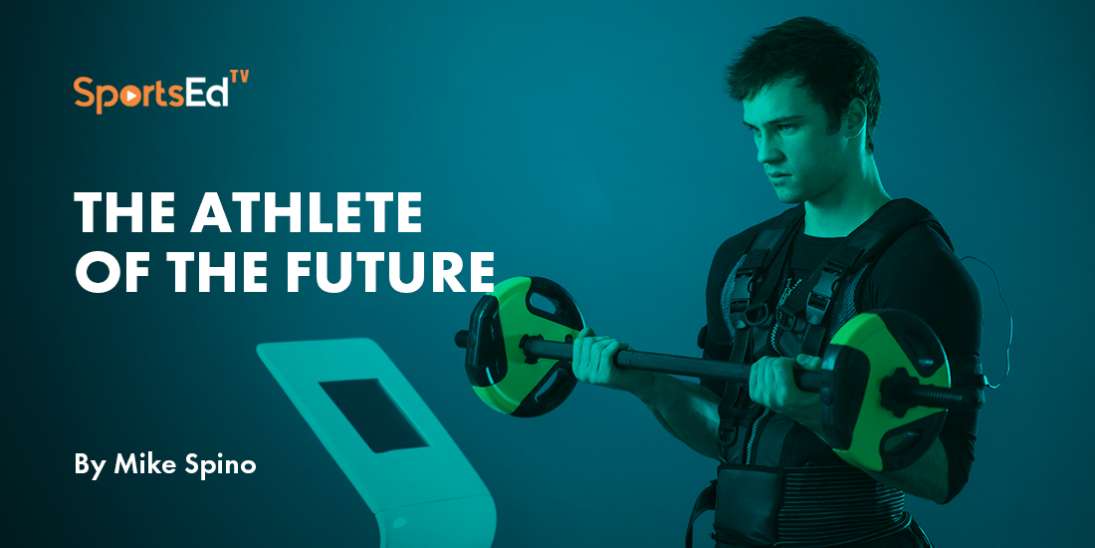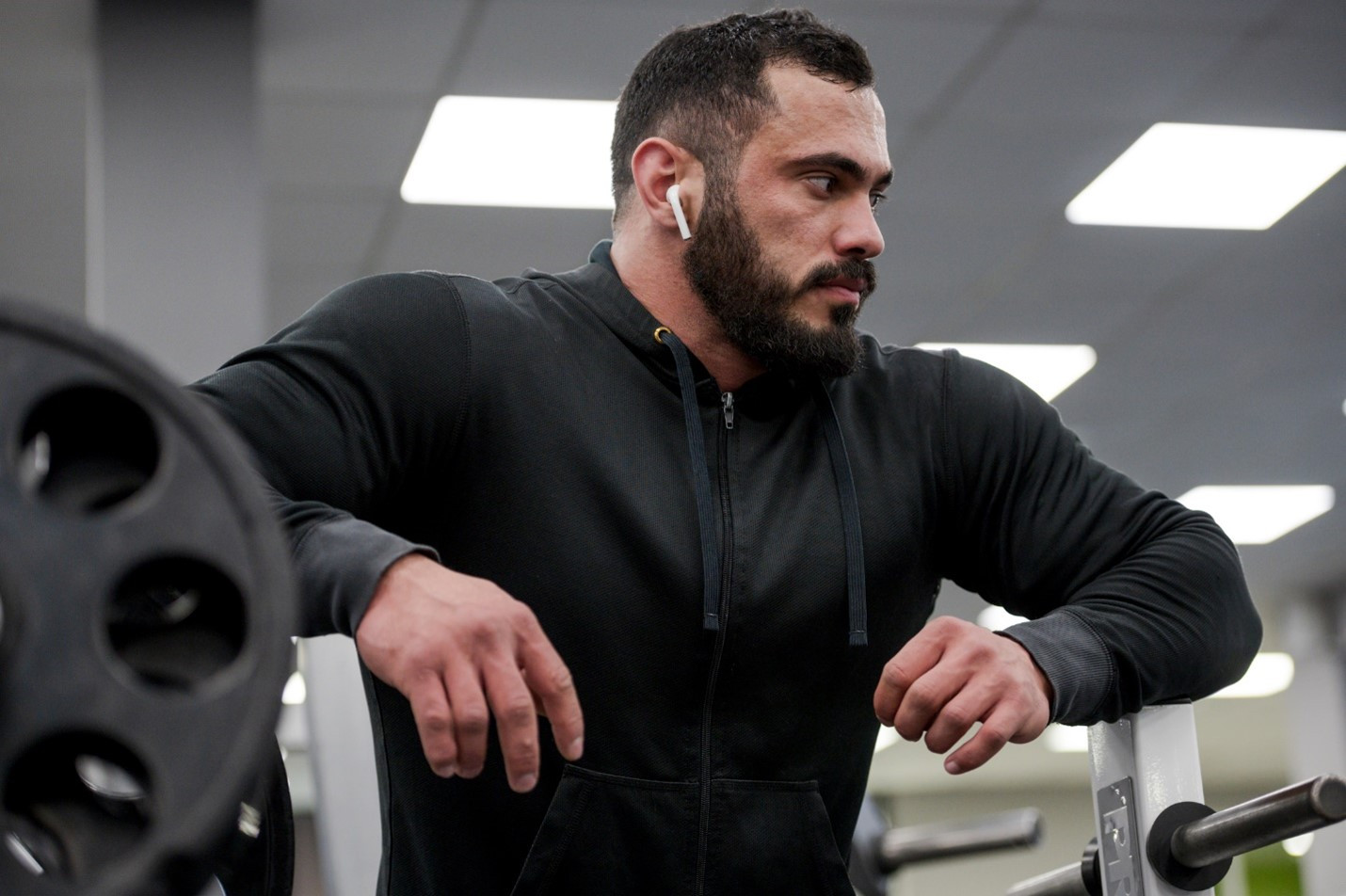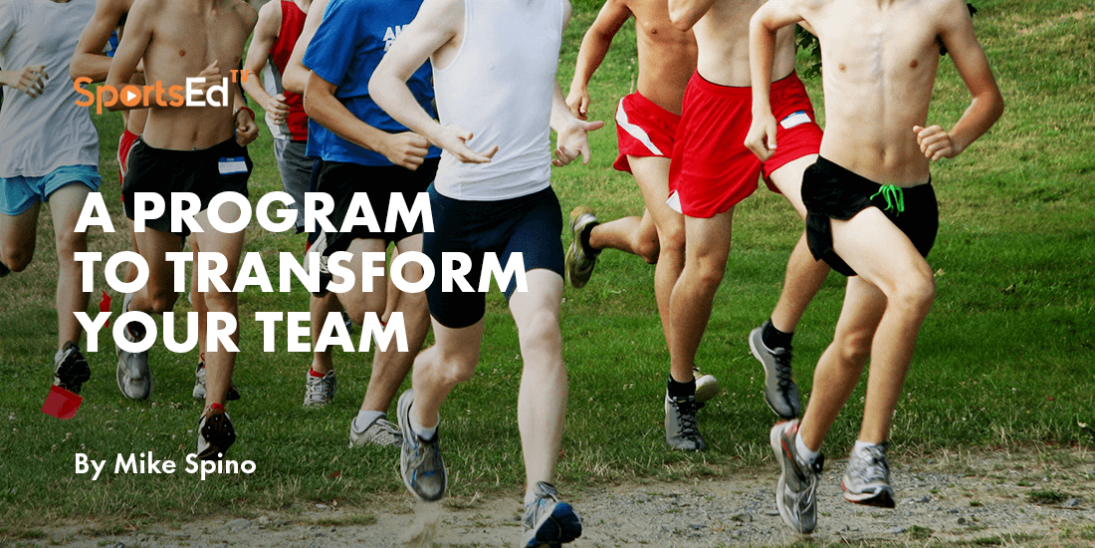Running, Mental Toughness
Welcome and thanks for visiting...

The Athlete of the Future

Almost 50 years ago in my book Beyond Jogging: The Inner Spaces of Running, I wrote a chapter about the Future of Sport.
It is probably high time I have revised it.
Some things are changed in perspective; others have already come true, and others are recognized realities. This short article for SportsEdTV provides insights into the impending potential which probably certainly become part of our daily sports experience. Some might be in evolution and difficult to recognize.
Of course, in sports and overall life we have lived a half-century since this chapter was first written; championship athletes are probably better than ever and the mental training I had foreseen is being practiced more abundantly. In the 1970s sport had not yet been tarnished with dope scandals and the likes of Lance Armstrong, Ben Johnson, Barry Bonds, Marion Jones, and others were not front-page news. Drugs being tossed into this mix contributes to the blurred lines of my viewpoint; because now it is a cat and mouse game with the drugs able to mask their utilization. This is a battle for the future!
Performance was being explored then for other goals, that were in many ways more alarming. With drugs, there was the realization of being able to train hard with less fatigue, but it has many side effects, like hostility to others and long-term dangers such as brain cancer. Rather, I believe knowing the self and the day-to-day ups and downs of your true self are hard to accept but it is truthful.
The language of sport has only slightly evolved, and the foresight of my good friend, Michael Murphy, and his corresponding examination of his insights in the introduction and afterword of Beyond Jogging are intriguing to most but not apparent and not yet realized.
I will attempt to follow the main points of the chapter in Beyond Jogging, although the vantages at present might be skewered in new directions. For instance, the athlete of the future will be still using a whole array of new methods, orientations, and approaches to sport and concentrate on a fresh sense of the mind. These will always be exponentials as many more mental strategies for reaching a clear mentality will be discovered and probed for effectiveness. Calling on all the research as far back as the East German’s hidden potentials programs and expansive human potentials techniques, athletes and especially recreational athletes will have little use for performance enhancements and get better insights into themselves.
There will be a new sense that we bring our entire self into the game, and it is recognized as a reflection of our deeper selves. Athletic people in the future will be concerned with coordinating physical and psychic experiences. In this context, a new language will emerge which better describes various situations, from feeling smooth and coordinated to touches of aware clearness and actual clumsiness that can be improved. Athletic journalists, describing the extraordinary like Steph Curry's long one-hander to ordinary recreationally accomplishing something they never experienced will come to the fore through mind/body interactives.
Athletes will be transformed from being reticent about explorations to an eagerness to explore. This happened to me in my first experience written about in “Running as a Spiritual Experience" which made me want more and it came but in new and unexpected ways that set me up for my first poetry book because now I saw and could recall the mental gymnastics at play. Similar to the outer space lingo which emerged in outer space language after Sputnick, concepts such as timelessness, precognition, and space/time lapse will and can be valid ingredients of sport: ones we all will seek, cherish and converse with similar people that are luckily affected.
An athlete of the future, a runner, for instance, will pay attention to the perambulation of style as well as the speed and the distances that are covered. Practices like Rolfing, chiropractic manipulation, and all types of body rearrangement like Feldenkrais exercises will help all move with new efficiency.
Eastern and Western philosophies will meet in a blending of disciplines, and the great athletes will be recognized as heroes of the spirit. In this context, all athletes will demand a larger utilization of the self, and ways to receive it. The auras and the energy fields, the human biofield around our bodies will be recognized as an athlete may perform rituals of centering and visualizations before sports activity. These practices will integrate into all aspects of the self: intuition, sensing, sensing, thinking, and feeling the sport. In this framework, athletics will become a sense of self-knowledge. Soon, after the taping for Saturday's football game is completed you may hear hour-long sessions in which music, exercises, and suggestions are made to the team so that they emerge from the locker room with expanded awareness, sometimes even in a trance that careful observers will be able to recognize.

There will be an attempt to modernize approaches and methods, but also the realization that the roots of athletics go deep, and it is important to improve but also not to lose a sense of tradition. Natural rather than prefabricated principles will appear from closer observation of natural states: children will learn to walk differently, so they may be as quick as kittens and gallop like horses. There will be a re-emphasis on relaxation.
Methods such as Feldenkrais exercises that break up fixed patterns of mind and body will sensitive and able to transform the new body reality into various movement formats. When movements are practiced in relaxed ways, we will recognize resistors to fluid motion.
The mind and all the ramifications of inner space will be incorporated into the body's achievements. The truth found in stillness will be transferred to the athletic act. Situations like Arthur Ashe meditating between sets at Wimbledon visualizing events and dreaming plans will make sport a challenge for the mind as well as the body.

The athlete will train in part as a dancer, stretching each ligament and joint to maximum strength. Within it all there will be a sense of changed realities that are carried along sometimes perceptively. The athlete will strengthen the body with barbells and other strengthening devices and elastic rubber so that all of the parts are more flexible and mobile. There will be a better understanding of anatomy, and the ways and means of body movement. This will create a new way of body action There will be new training methods that incorporate musculoskeletal exercises, innerspace awareness, and more precise kinesthetic sensations. These new disciplines will make available extraordinary realities not before accessible through training preparation. The places entered by these voyages may seem dangerous, and there will be the understanding that true adventure often means the courage for free fall.
There should be no sanctity about the new way, but simply the realization that athletics has been taught in an Ice Age, and that we seek a renaissance. The knowledge of previous teachers will be important, myself included, not to have to relieve the same steps. My teachers Percy Cerutty and Michael Murphy taught me to be aware, not try to have the same experience twice, and be courageous. Like an Irish runner who never had run in a race, but did a mile under 4:10 and was soon ok to die on the spot. With the information of the past and the old renaissances, it will be necessary to have coaching teams that stay current and look for openings for new explorations. It will not be uncommon for an athlete or even a weekend warrior to have a session of polarity massage, an hour of guided fantasy, and a session of Feldenkrais exercises. In conjunction with training or during the off-season he may delve into structural integration, and bioenergetics, join an ongoing interpersonal group, or study aikido or tai chi. An athlete of every dimension can do many things, especially if the goal is inner satisfaction and one exercise isn't exhausting as a 15-mile run would be. Emphasis will be on the preparation of the total person. Excellence in a particular sport or game will be a by-product.
In intercollegiate sports, college club teams will lose their exclusivity and physical emphasis and mesh with humanities and philosophy. Physical education will be taught from the inside as well as the inside. Nutrition will play an important part. We will learn not only what foods are best for health purposes, but what should be consumed during periods of extended activity, just before strenuous acts, or when the body needs recovery. It was discovered by the Russians that through a carbohydrate build-up in the days before competition performance could be maximized through the correct food. Athletes like footballer Tom Brady have understood how this works a have a food regimen that allows him at 45 to still want to play and set records. Pills and stimulants will cease to be crutches. The variance caused by these outside influences robs us of our resources.
Finally, and not so easily said, there will b a different feeling surrounded by athletic events. Yes, there will be the dark side where spectators visualize spiders in an opponent's muscles, but wonderful sense like the Joy of Sox by Rick Leskowitz about the love of the fans of the Boston Red Sox extended into winning a World Series. So many New Yorkers of the 1950s baseball when three teams, the Yankees, Giants, and Brooklyn grace the community with a ceaseless admiration.
Individuals who have prepared for an event will see it as their day to shine and experience their special day together. The training preparation and build-up will be seen as a preparation rite for a voyage rite for the voyage into the physical/spiritual world, and we will have some sense that our bodies belong to us but may be part of a vast oneness and that each rite we enter takes us closer to our larger potentials.





